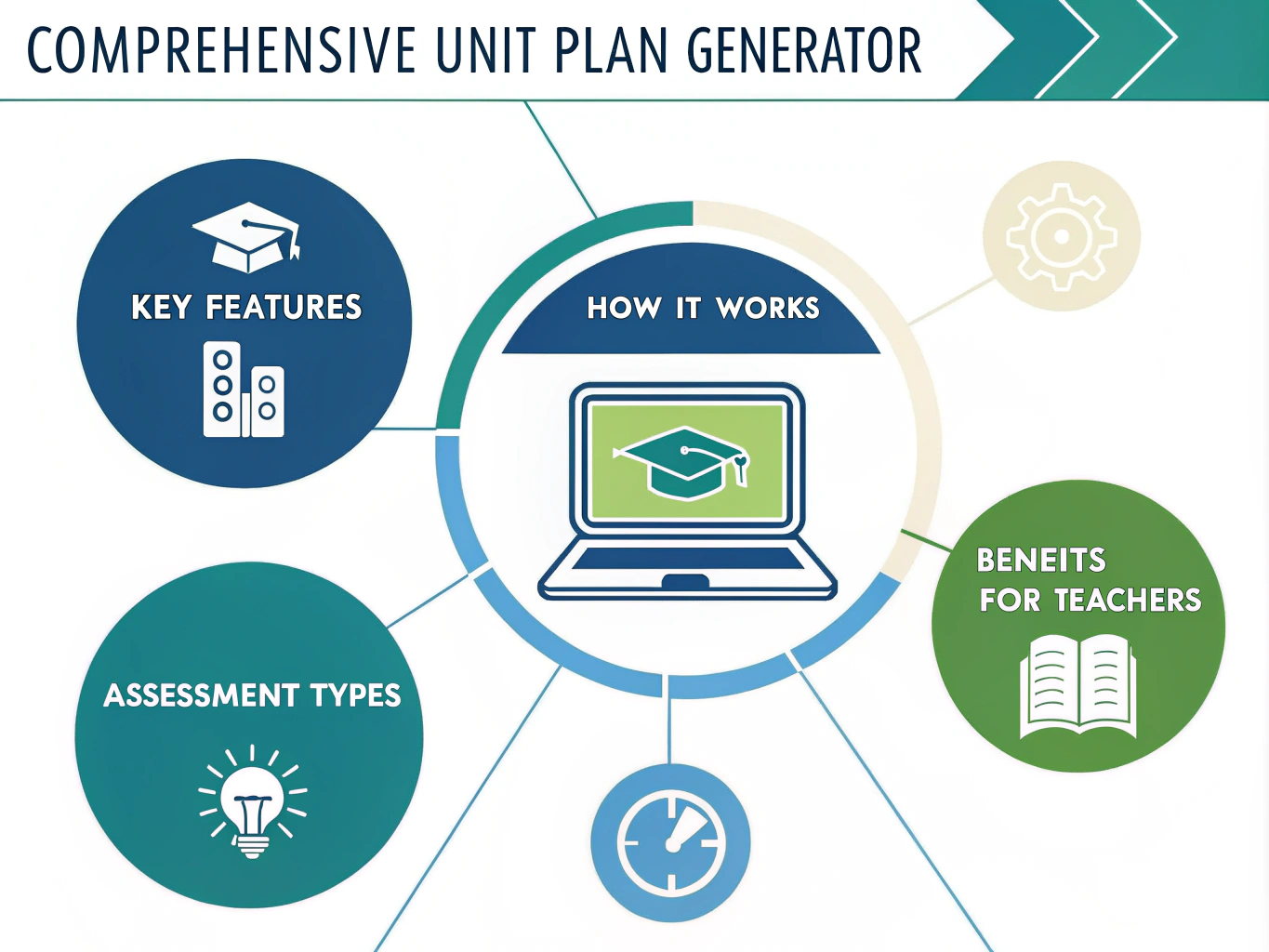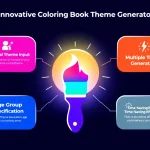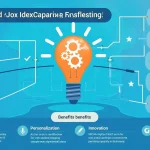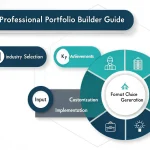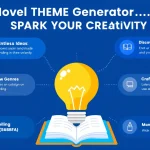Is this tool helpful?
How to Use the Comprehensive Unit Plan Generator Effectively
The Comprehensive Unit Plan Generator is a powerful tool designed to assist educators in creating detailed and engaging unit plans for any subject. To use this tool effectively, follow these steps:
- Enter the Subject and Grade Level: In the first field, provide specific information about the subject and grade level for your unit plan. For example, you might enter “World History, 10th grade” or “Algebra II, 11th grade”.
- Specify the Unit Title: In the second field, enter a descriptive title for your unit. This should be concise yet informative, such as “Ancient Civilizations of Mesopotamia” or “Quadratic Functions and Their Applications”.
- Indicate the Duration: In the third field, specify how long the unit will take to complete. This could be in weeks, days, or class periods, such as “3 weeks” or “15 class periods”.
- Generate the Unit Plan: Once you’ve filled in all the required fields, click the “Generate Unit Plan” button. The tool will process your input and create a comprehensive unit plan tailored to your specifications.
- Review and Customize: After the plan is generated, review the content in the result section. You can copy the entire plan to your clipboard using the “Copy to Clipboard” button for easy transfer to your preferred document editor.
By providing accurate and detailed information in each field, you’ll ensure that the generated unit plan is as relevant and useful as possible for your specific teaching needs.
Unleashing the Power of Comprehensive Unit Planning
The Comprehensive Unit Plan Generator is an innovative educational tool designed to streamline the process of creating detailed, standards-aligned unit plans for educators across all subjects and grade levels. This powerful resource combines pedagogical best practices with customizable elements to produce thorough, engaging unit plans that cater to diverse learning needs and teaching styles.
At its core, this tool serves as a virtual instructional designer, guiding teachers through the complex process of unit planning while ensuring that all essential components are addressed. From overarching learning objectives to daily lesson plans and assessment strategies, the generator provides a holistic approach to curriculum development that aligns with modern educational standards and methodologies.
Key Features and Benefits
- Time-Saving Efficiency: Dramatically reduces the time spent on unit planning, allowing educators to focus more on lesson delivery and student interaction.
- Curriculum Alignment: Ensures that unit plans are aligned with curriculum standards and learning outcomes.
- Comprehensive Structure: Provides a complete unit framework, including daily lesson plans, assessment strategies, and differentiation techniques.
- Customization: Allows for easy adaptation to specific classroom needs and teaching styles.
- Pedagogical Best Practices: Incorporates research-based instructional strategies and assessment methods.
- Technology Integration: Offers suggestions for incorporating digital tools and resources into lessons.
- Collaborative Learning: Includes ideas for fostering peer interaction and group work.
- Parent and Community Involvement: Provides strategies for engaging families and the community in the learning process.
Maximizing Educational Impact: The Benefits of Using the Unit Plan Generator
1. Enhanced Instructional Coherence
One of the primary benefits of using the Comprehensive Unit Plan Generator is the enhanced instructional coherence it provides. By creating a detailed roadmap for the entire unit, educators can ensure that each lesson builds upon the previous one, creating a logical progression of knowledge and skills. This coherence helps students see the connections between different concepts and reinforces their understanding of the subject matter.
2. Improved Time Management
Effective unit planning is crucial for time management in the classroom. The generator helps teachers allocate appropriate time for each topic and activity, ensuring that all important content is covered within the specified duration. This prevents the common pitfall of running out of time at the end of a unit or rushing through important material.
3. Differentiated Instruction
The tool’s ability to suggest differentiation strategies is invaluable for addressing the diverse learning needs within a classroom. By incorporating various instructional approaches and activities, teachers can cater to different learning styles, abilities, and interests, promoting a more inclusive and effective learning environment.
4. Balanced Assessment Practices
The generator provides a framework for incorporating a variety of assessment types throughout the unit. This balanced approach to assessment allows for continuous monitoring of student progress and understanding, rather than relying solely on end-of-unit evaluations. The inclusion of formative, summative, and accumulating assessments provides a comprehensive picture of student learning.
5. Technology Integration
In today’s digital age, integrating technology into instruction is crucial. The unit plan generator offers suggestions for incorporating digital tools and resources, helping teachers leverage technology to enhance learning experiences and prepare students for the digital world.
6. Professional Development
Using this tool can serve as a form of professional development for educators. By exposing teachers to various instructional strategies, assessment methods, and differentiation techniques, the generator helps expand their pedagogical toolkit and encourages reflection on their teaching practices.
Addressing Educator Needs: Solving Specific Challenges
Challenge 1: Aligning Lessons with Curriculum Standards
One of the most time-consuming aspects of unit planning is ensuring alignment with curriculum standards. The Comprehensive Unit Plan Generator addresses this challenge by prompting educators to input key objectives and learning outcomes that are aligned with specific curriculum standards. For example, if a 7th-grade science teacher is creating a unit on “Earth’s Systems,” the generator might suggest the following standard-aligned objectives:
- Develop a model to describe the cycling of water through Earth’s systems driven by energy from the sun and the force of gravity.
- Construct an explanation based on evidence for how geoscience processes have changed Earth’s surface at varying time and spatial scales.
- Analyze and interpret data on the distribution of fossils and rocks, continental shapes, and seafloor structures to provide evidence of the past plate motions.
By incorporating these standards-aligned objectives into the unit plan, the tool ensures that the resulting lessons and activities are purposefully designed to meet required educational benchmarks.
Challenge 2: Crafting Engaging Daily Lesson Plans
Creating engaging daily lesson plans that maintain student interest throughout a unit can be challenging. The generator addresses this by providing a structure for each lesson that includes hooks, main activities, and concluding elements. For instance, for a high school literature unit on “The Great Gatsby,” the tool might suggest the following lesson structure:
- Hook: Display a series of images depicting 1920s fashion and architecture. Ask students to describe what they see and what it tells them about the era.
- Main Activity: Jigsaw reading activity where students are assigned different chapters to become “experts” on, followed by mixed group discussions to piece together the plot and themes.
- Conclusion: Exit ticket where students write a tweet from the perspective of a character, summarizing their feelings at the end of the day’s events in the novel.
This structure ensures that each lesson is well-rounded and maintains student engagement from start to finish.
Challenge 3: Incorporating Diverse Assessment Strategies
Effective assessment is crucial for monitoring student progress and adjusting instruction. The unit plan generator addresses this challenge by suggesting a variety of assessment types throughout the unit. For a middle school mathematics unit on “Linear Equations,” the tool might propose the following assessment strategy:
- Formative Assessments:
- Daily warm-up problems solving simple linear equations
- Exit tickets asking students to explain the steps for solving a linear equation
- Peer assessments where students check each other’s work and provide feedback
- Summative Assessments:
- Mid-unit quiz on identifying and graphing linear equations
- End-of-unit project where students create a real-world problem involving linear equations and solve it
- Accumulating Tasks:
- Portfolio of solved problems with explanations of problem-solving strategies
- Reflective journal entries on the applications of linear equations in everyday life
This diverse assessment strategy allows for continuous monitoring of student understanding and provides multiple opportunities for students to demonstrate their knowledge.
Practical Applications: Bringing Unit Plans to Life
Example 1: Elementary Science Unit on “Weather and Climate”
Let’s consider how the Comprehensive Unit Plan Generator could be used to create a 3-week unit on “Weather and Climate” for 4th-grade science. The generated plan might include:
- Unit Overview:
- Essential Questions: How do weather patterns affect our daily lives? How does climate differ from weather?
- Key Objectives: Students will be able to distinguish between weather and climate, interpret weather maps, and explain the water cycle.
- Daily Lesson Plans:
- Day 1: Introduction to weather vs. climate (Hook: Video of extreme weather events)
- Day 5: Understanding the water cycle (Activity: Create a terrarium to observe the water cycle)
- Day 10: Reading and creating weather maps (Technology Integration: Use online weather mapping tools)
- Assessments:
- Formative: Daily weather observations and predictions
- Summative: Create a weather forecast presentation for the local area
- Accumulating: Weather journal documenting observations and learnings throughout the unit
- Parent Involvement: Send home a family activity guide for observing and recording local weather patterns
Example 2: High School English Unit on “Shakespearean Tragedies”
For a 6-week unit on “Shakespearean Tragedies” in a 12th-grade English class, the generator might produce a plan including:
- Unit Overview:
- Essential Questions: What defines a Shakespearean tragedy? How do tragic heroes reflect human nature?
- Key Objectives: Analyze the structure of Shakespearean tragedies, evaluate the development of tragic heroes, and interpret Shakespeare’s language and literary devices.
- Daily Lesson Plans:
- Week 1: Introduction to tragedy and “Romeo and Juliet” (Activity: Collaborative creation of a tragedy plot outline)
- Week 3: “Hamlet” character analysis (Technology Integration: Digital mind-mapping of character relationships)
- Week 5: “Macbeth” and the nature of ambition (Activity: Debate on the motivations of Lady Macbeth)
- Assessments:
- Formative: Weekly Socratic seminars on key themes and character motivations
- Summative: Essay comparing the tragic heroes of two plays
- Accumulating: Portfolio of creative responses to each play (e.g., modernized scenes, character diaries)
- Community Involvement: Organize a trip to a local theater performance of a Shakespearean play
Frequently Asked Questions (FAQ)
1. Can I use this tool for any subject and grade level?
Yes, the Comprehensive Unit Plan Generator is designed to be versatile and applicable to any subject and grade level. Whether you’re teaching kindergarten art or high school physics, the tool can help you create a tailored unit plan.
2. How long does it take to generate a unit plan?
The generation process itself is quick, typically taking less than a minute. However, the time you spend inputting information and customizing the plan will vary based on your specific needs and the complexity of your unit.
3. Can I edit the generated unit plan?
Absolutely! The generated plan is a starting point that you can customize and adapt to your specific classroom needs. You can easily copy the content and edit it in your preferred document editor.
4. Does the tool align with specific educational standards?
The tool prompts you to input key objectives and learning outcomes that should be aligned with your curriculum standards. While it doesn’t automatically align with specific standards, it provides a framework for you to ensure your unit plan meets required benchmarks.
5. How does the tool handle differentiation for diverse learners?
The generated unit plan includes suggestions for differentiation strategies to cater to diverse learning needs. These might include modified assignments, varied instructional methods, or tiered activities to challenge students at different levels.
6. Can I save my generated unit plans for future use?
While the tool itself doesn’t save your plans, you can easily copy the generated content and save it in your own document storage system for future reference and use.
7. How often should I use this tool for planning?
You can use the tool as frequently as you need for your planning purposes. Many teachers find it helpful to use at the beginning of each unit or term, while others might use it more frequently for shorter units or specific lessons.
8. Can the tool help with interdisciplinary unit planning?
Yes, the tool can be used for interdisciplinary planning. You can input multiple subjects or focus areas in the subject field and create a unit plan that integrates various disciplines.
9. How does the tool handle technology integration in lessons?
The generated unit plans include suggestions for integrating technology and digital tools into your lessons. These might range from using online resources to incorporating educational apps or digital creation tools.
10. Can I use this tool for collaborative planning with other teachers?
While the tool itself is designed for individual use, you can easily share the generated plans with colleagues. This can serve as a starting point for collaborative planning sessions, allowing you to build on the initial plan together.
Important Disclaimer
The calculations, results, and content provided by our tools are not guaranteed to be accurate, complete, or reliable. Users are responsible for verifying and interpreting the results. Our content and tools may contain errors, biases, or inconsistencies. We reserve the right to save inputs and outputs from our tools for the purposes of error debugging, bias identification, and performance improvement. External companies providing AI models used in our tools may also save and process data in accordance with their own policies. By using our tools, you consent to this data collection and processing. We reserve the right to limit the usage of our tools based on current usability factors. By using our tools, you acknowledge that you have read, understood, and agreed to this disclaimer. You accept the inherent risks and limitations associated with the use of our tools and services.
